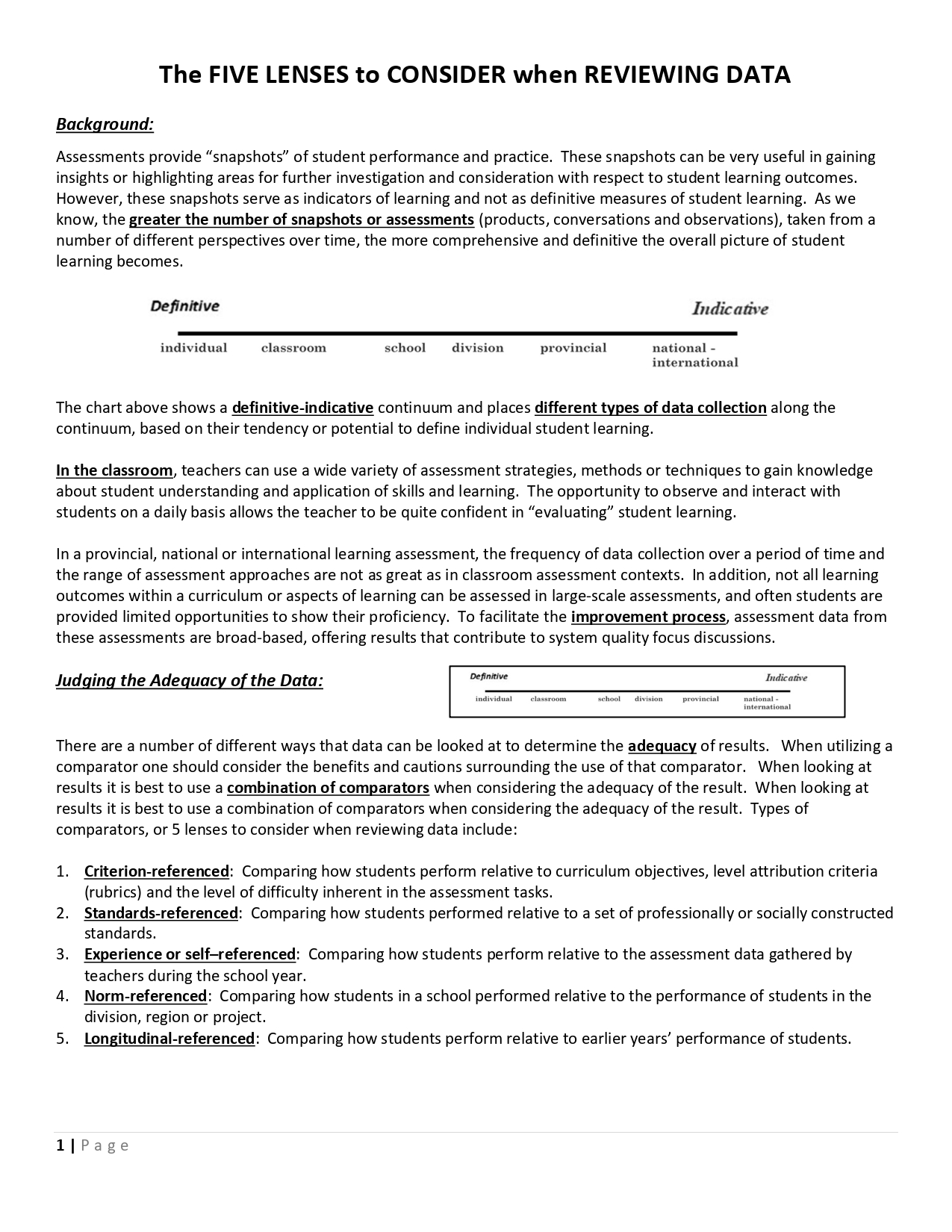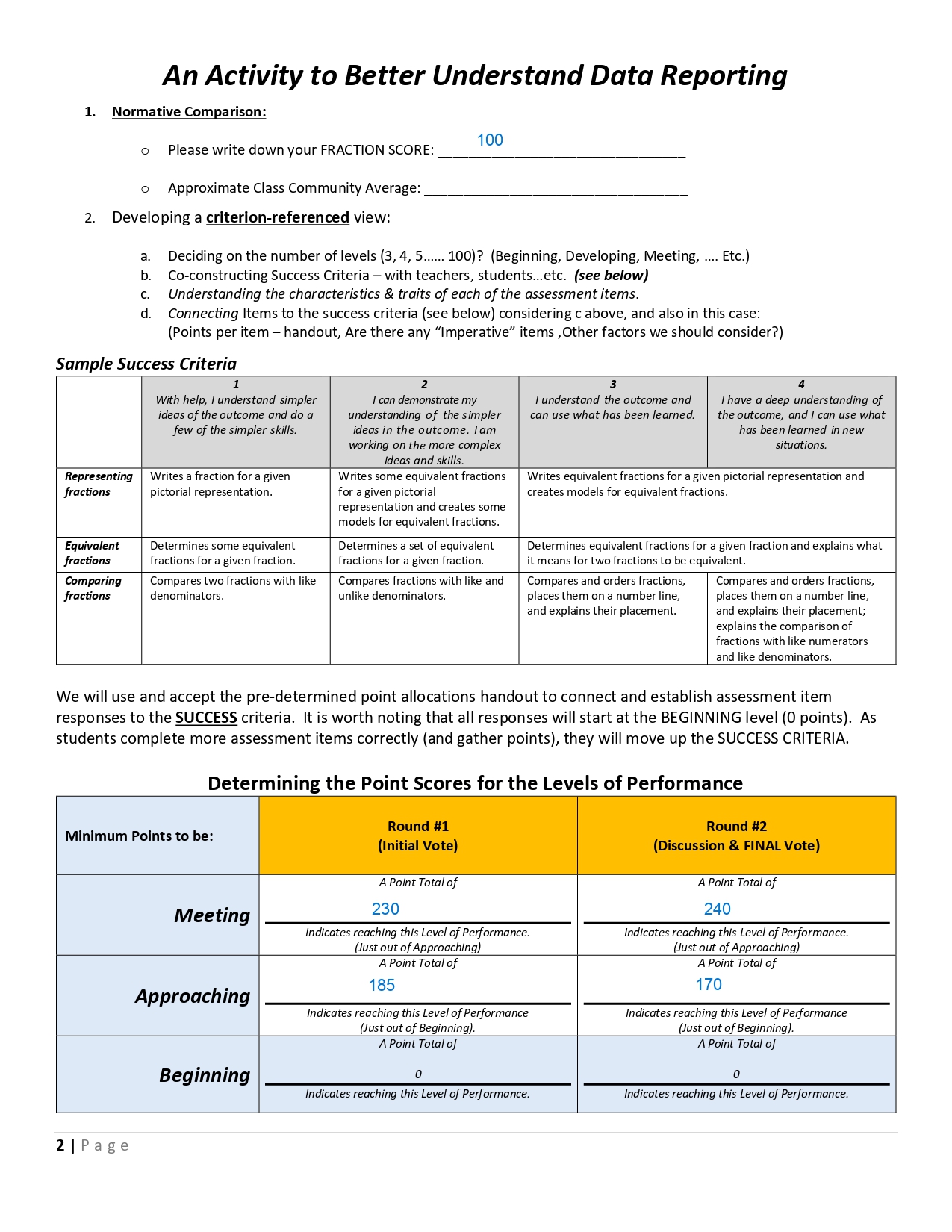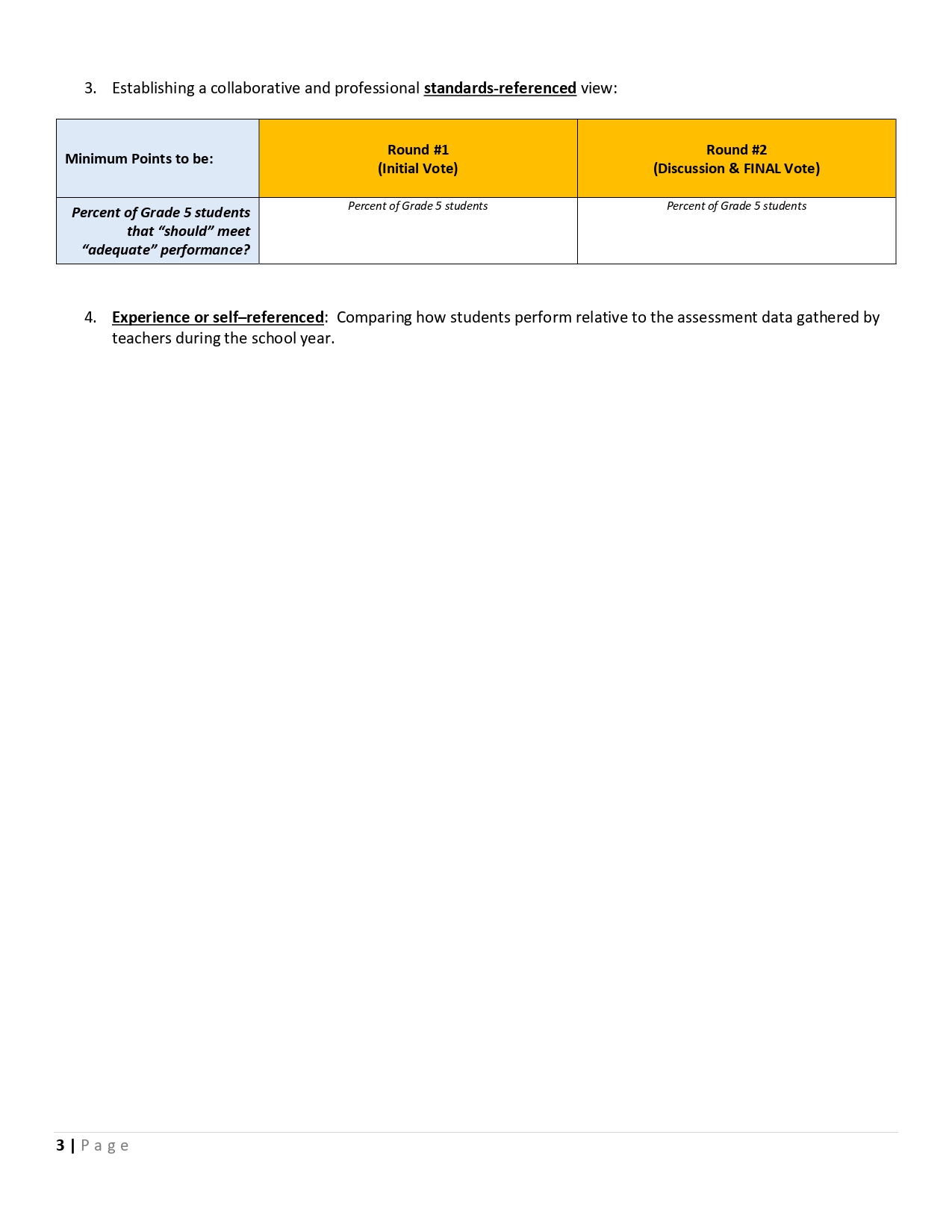Fraction Questions (Cognitive Demand), LofC, Points): Activity Results vs Accepted results
Our group thought that the whole assessment activity was not that hard. Most of it promotes mimicking. Students will need to know fractions and should be able to know all the answers to the assessment questions. The questions are in the same format, just the numbers change. Most of it is about remembering fractions and “understanding” them. I included quotations to the word “understanding” since students do not really know fractions. They just do it because they were taught that way. If you ask a student to define what a fraction is, most of them will not be able to define what it is. Some students will define fractions as: “it is those two numbers, one on top and one at the bottom then a horizontal line between them.” Some students do not recognize that fractions are also numbers since we always represent fractions pictorially as a pie or a chocolate bar. Fractions are also associated with division, which some students may miss. Some students think of fractions as a separate entity, without any relation to other math concepts.
Fraction BLANK Booklet – 2024W
FRACTION ACTIVITY workbook – EASY to HARD
The 5 Lenses of Data Collection
I cannot remember my score for the fraction quiz, but I know I got a perfect score. If the total points are 345 to get a perfect score, then I think I got somewhere around that number. I believe that the fraction activity is also checking how fast I answer the question. I think we should not even be assessing how fast students work out their fractions. Think about ESL students or students who struggle with reading. Let us say they got all their fractions correct, but fell off because they read the questions a little slower than others. How is this fair? Anyhow, I like looking at how assessment results work in provincial, national, or international settings. We could comprehend the effectiveness of our assessments if they are doing well provincially or nationwide and beyond. We could also see if the assessments work with a different demographic or if they only work locally with our students. It is always nice to see the performance of other provinces and other countries. We could potentially learn from one another and eventually produce the best learning experience for students as well as the best data collection method for teachers. This is also the reason I interviewed a teacher in the Philippines to learn about their assessments and evaluation.

The reason I have a lower point for meeting the criteria is that the questions are all in the same format. If students could show me that they could answer it, then it tells me that they know their fractions (in this format). I remember that this is an assessment, students could always improve their fractions later on!


5 Assessment Quizzes
Results are available in another post. CLICK HERE!
SYMBOL
For this week’s symbol, I have decided to use fractions. Fractions represent the math that we did for this week and the week before the 3-week block. Fractions also represent our divided opinions about assessment and evaluation. However, we know that each fraction represents the whole. So, even though we have different opinions, represented by the fractions, we contribute as a whole.
